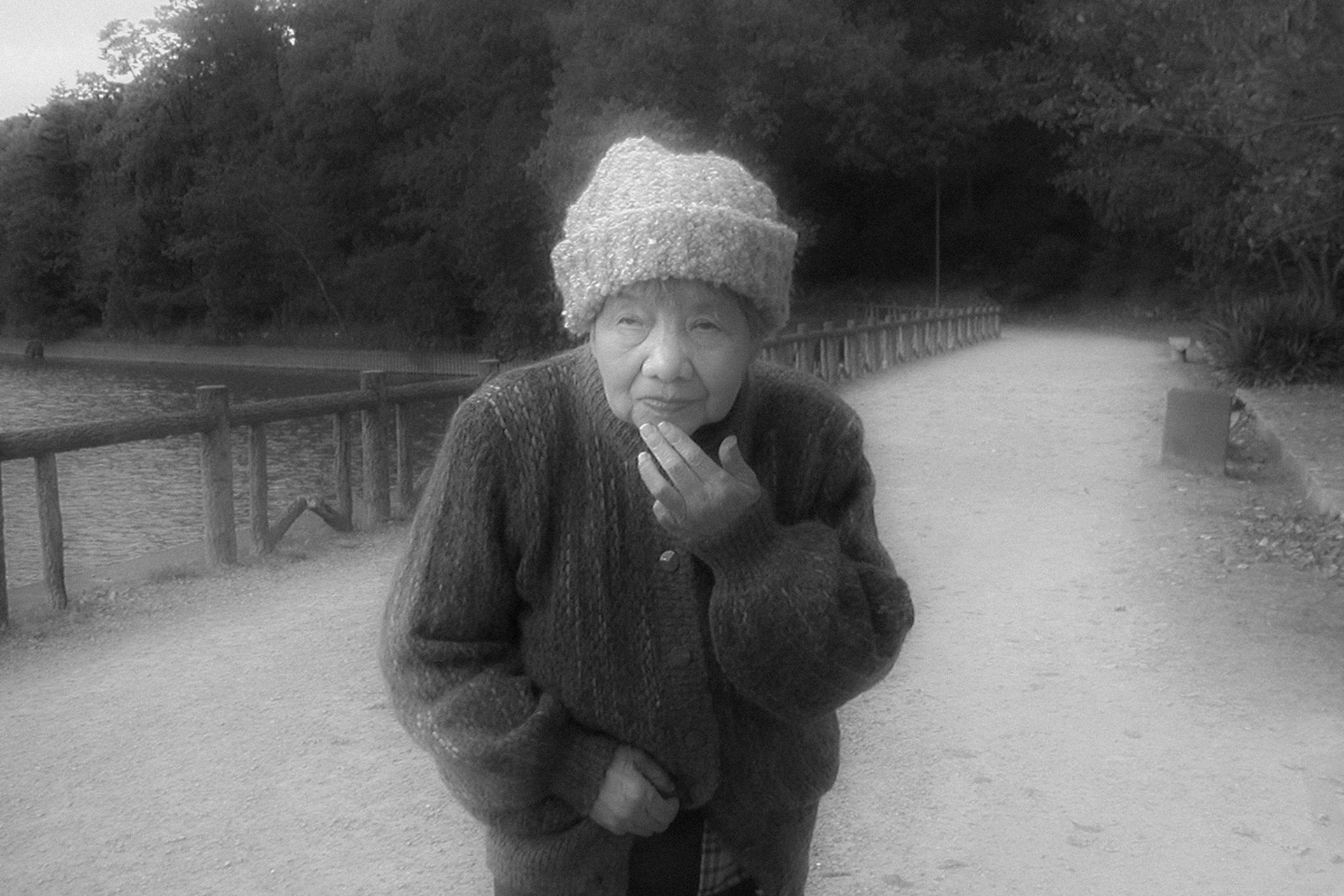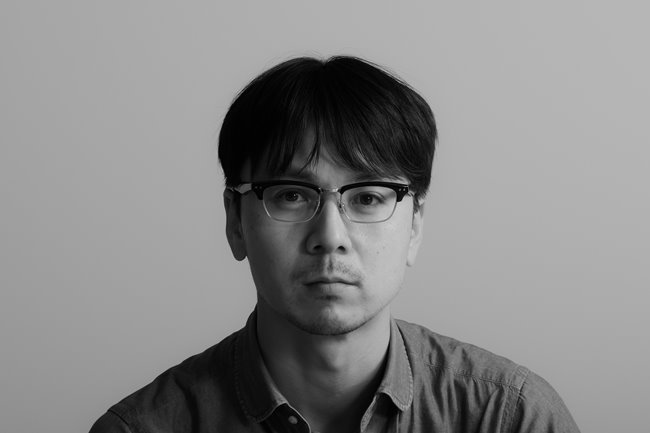1996
“I struggle with housework. Meanwhile, my wife tries to get my attention in various ways. She put her muddy sandals on the cutting board while I was chopping vegetables. I got mad and threw the food on the floor, but that only made things worse. My wife gets tired of staying at home and goes out. ‘Iʼm lonely, Iʼm lonely. Letʼs go home, letʼs go home,’ she says. This also happens when she feels lonely or is forced to do something she is unable to do.” – Masaharu Taniguchi.
Chapter IV: Heartstrings.
Dementia severs the ties that bind the hearts of people who are close to each other. What can we do in the face of these broken connections? Kimiko Taniguchi was diagnosed with dementia in 1989 and passed away in 2013. In this chapter, the photographer recreates these years through his pictures, their family photos and the words of Masaharu, Kimikoʼs husband.
Dementia is one of the leading causes of disability among the elderly worldwide, according to the World Health Organization. Japan’s aging population has one of the highest proportions of elderly people with dementia in the world, with about 7 million citizens expected to live with symptoms in 2025.
This project offers a unique visual exploration of dementia, capturing not only the larger social issues surrounding this condition, but also the inner lives of people with dementia and their relationships to their families and caretakers. Comprised of the stories of three families, this project is structured into four chapters. The introductory chapter provides a comprehensive overview, while subsequent chapters delve into the individual narratives of each family.
In an era where dementia affects an increasing number of individuals and their loved ones, the photographer seeks to do more than simply convey information about the condition. Rather, through photographic techniques that express deep empathy, he shares the personal insights gleaned from the experience of dementia itself. Acting as a bridge between hearts, a societal wake-up call, and a silent dialogue, dementia reveals moments of brilliance amidst the fading twilight between life and death.
By prompting contemplation on the nature of happiness and unhappiness, this project invites viewers to consider the factors that contribute to a fulfilling life. Through introspection and dialogue, it advocates for the creation of a society that prioritizes the well-being and happiness of its most vulnerable members, fostering empathy and understanding for those living with dementia.
Are you a photographer and/or passionate about press freedom? Sign up for our newsletter to stay updated on our annual contest and to hear about exhibitions near you.

